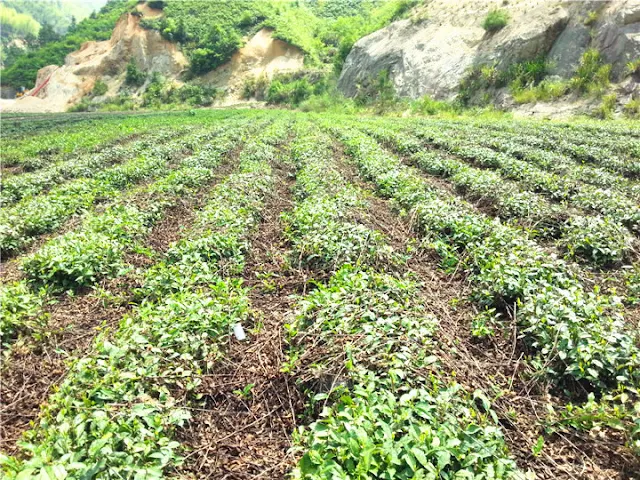Chinese green tea is a treasure trove of unique flavors and distinct varieties, each with its own characteristics and flavor profiles. From the subtle and grassy Dragon Well tea to the floral and aromatic Jasmine tea, the world of Chinese green tea offers an exquisite experience for tea enthusiasts worldwide. Join us as we delve into the captivating world of Chinese green tea, exploring its rich history, cultivation methods, and the exquisite tastes that make it a true luxury.
History and Cultural Significance:
Chinese green tea has a legacy steeped in history and cultural significance. It originated in ancient China and has been integral to Chinese culture and traditions for thousands of years. The meticulous cultivation and processing techniques developed by ancient Chinese tea masters have been passed down through generations, ensuring the preservation of the tea's unique flavors and health benefits.
Distinct Varieties of Chinese Green Tea:
1.Dragon Well (Longjing) Tea:
Flavor Profile: Delicate, mellow, and subtly grassy.
Unique Characteristics: Flat and slender jade green leaves with a distinct chestnut aroma.
Cultivation Region: Hangzhou, Zhejiang Province.
2.BiLuoChun Tea:
Flavor Profile: Refreshing, light, and fruity with a hint of nuttiness.
Unique Characteristics: Twisted and curly leaves with a delicate white downy appearance.
Cultivation Region: Dongting Mountain, Jiangsu Province.
3.Huangshan Maofeng Tea:
Flavor Profile: Fresh, floral, and mildly sweet.
Unique Characteristics: Long, slender, and tightly curled emerald green leaves.
Cultivation Region: Huangshan Mountain, Anhui Province.
4.Jasmine Tea:
Flavor Profile: Fragrant, floral, and subtly sweet.
Unique Characteristics: Green tea leaves infused with jasmine blossoms.
Cultivation Region: Various regions across China.
Picture description: Look, the new grown tea tree is fat and full. Such tea tastes mellow and has a rich aroma.
Cultivation and Processing Techniques:
Chinese green tea production involves meticulous cultivation and processing techniques that contribute to its unique flavors and characteristics. Organic farming methods, careful handpicking of tender leaves, and traditional pan-firing or steaming methods are employed to preserve the natural essence of the tea leaves. These artisanal processes ensure that each cup of Chinese green tea carries the aroma and taste that tea connoisseurs treasure.
Health Benefits and Caffeine Content:
Chinese green tea is renowned for its numerous health benefits. Its rich antioxidant content helps boost metabolism, aids digestion, and supports cardiovascular health. Moreover, the moderate caffeine content of Chinese green tea provides a gentle energy boost without the jitters associated with higher caffeine beverages. Incorporating Chinese green tea into your daily routine can promote overall well-being and enhance your lifestyle.
Conclusion:
Embrace the captivating diversity of Chinese green tea and embark on a journey to discover your perfect cup of luxury. With its distinct varieties and flavors, Chinese green tea offers a world of sensory delight and unparalleled health benefits. Explore the rich history, cultivation methods, and unique characteristics of each variety to truly appreciate this enchanting beverage.






Comments
Post a Comment